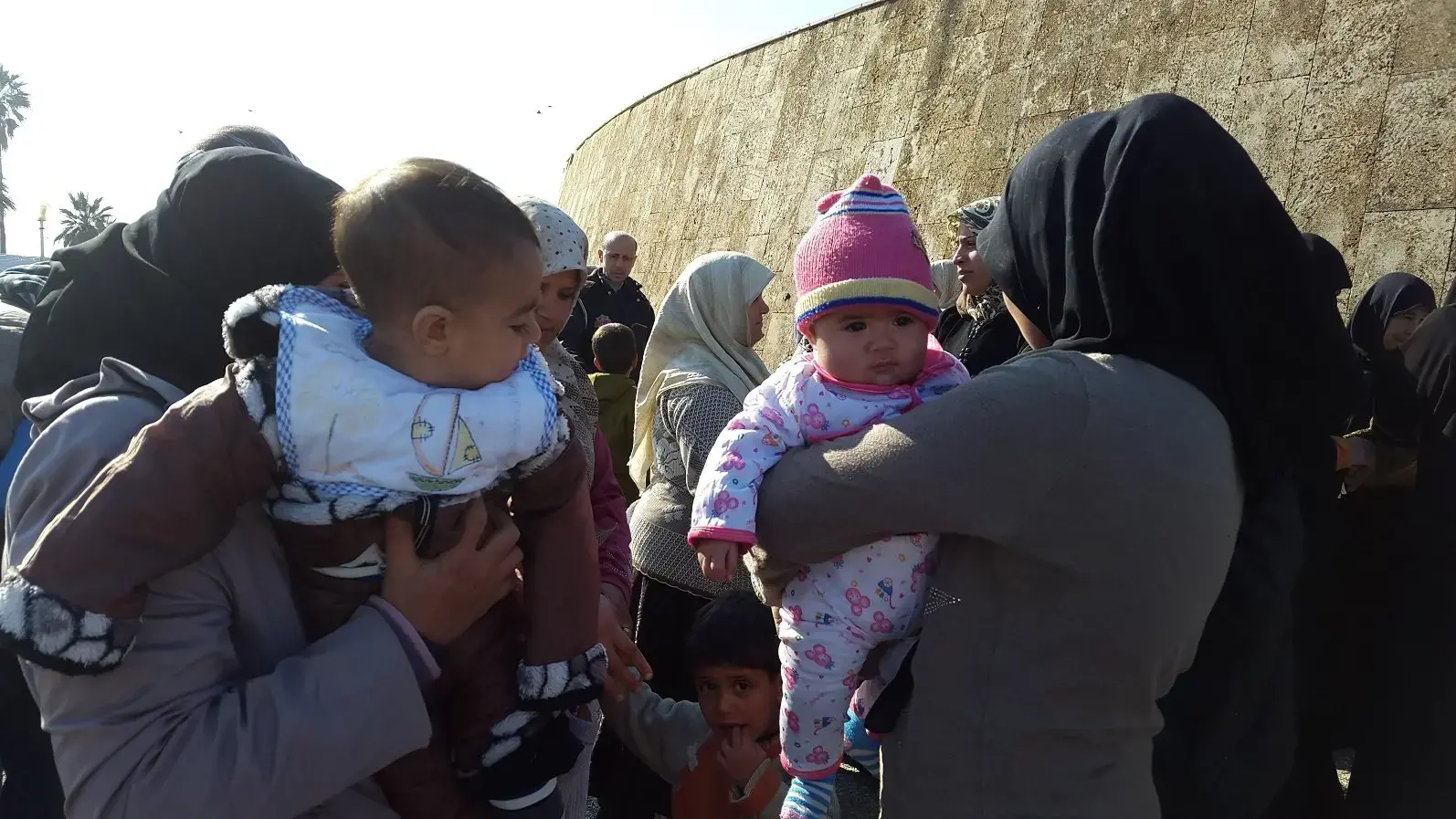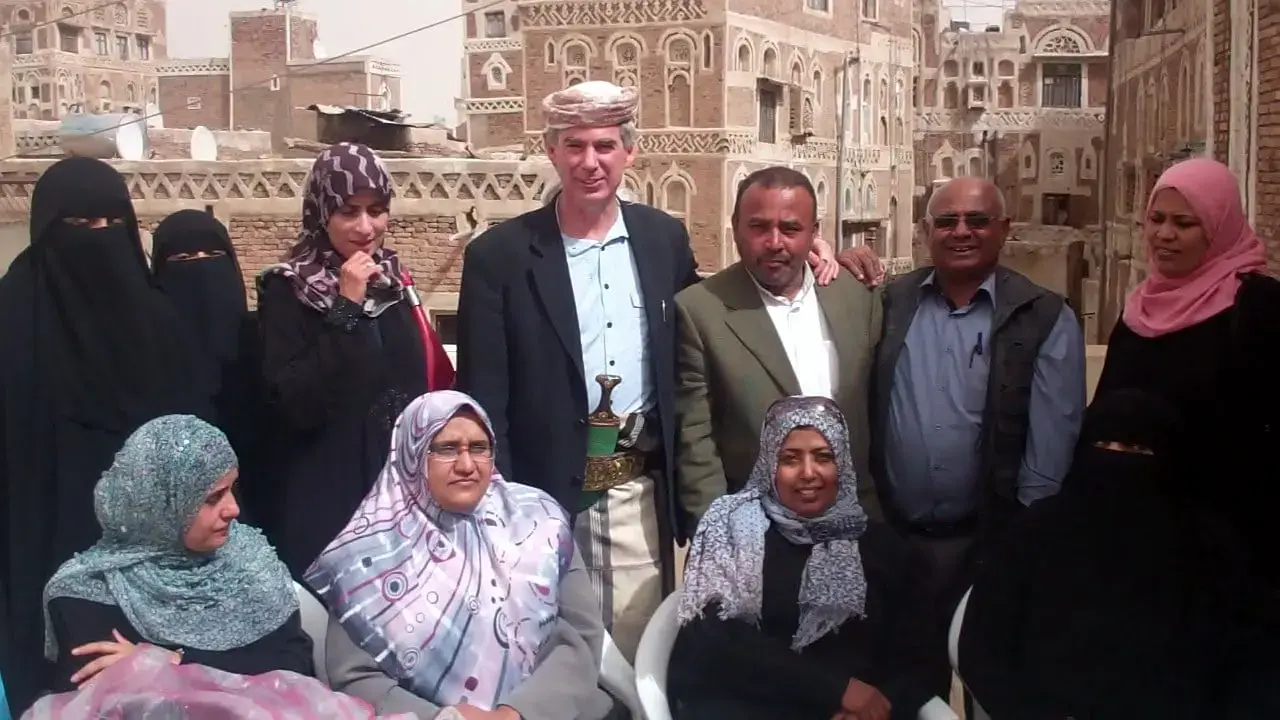By Luay Shabaneh*
On a recent visit to a refugee community in Lebanon, a young mother told me how distressed she was because three of her five children could not attend formal schooling. I looked at her face and asked her how old she was. She was under thirty, and her eldest daughter was fourteen. Her husband has been missing in Syria, and she was responsible for herself and her children in their new life in the Bekaa Valley.
The lady had been married, in Syria, probably at the age of fifteen if not less. She blushed as she described her first encounter with her husband, and the pain of giving birth to her first baby. “I was not sure I would survive,” she said, “but I did, and went on to have four more children.”
I asked her whether she would advise her daughters to get married young like she did and she vehemently shook her head no. “I want them all to study and then work. They must discover life and earn their own money, I want them to be able to care for themselves and not ask anyone for help”, she added, in a battered tone that betrayed her bitterness.
And this is the crux of the matter: when it comes to the relationship between young girls and the development of societies, UNFPA concentrates on efforts that benefit vulnerable groups of young people. It pays special attention to teenage girls who are marginalized because they are out of school, live in poverty, are exploited as laborers, or are subjected to harmful traditional practices, including child marriage. Marginalized girls are those who are vulnerable to poor reproductive health and are more likely to become mothers while still children themselves. As first-time mothers, they bear the highest risk of maternal deaths and disabilities. Because they are the most marginalized segment of the population, teenage girls are most in need of investments in education, health, and security to protect their human rights.
Adolescent girls are the real asset or a missed opportunity for a country’s demographic dividend. When an adolescent girl is not married during childhood, she is more likely to complete her education, avoid the dangers of unintended pregnancies and be healthy; when she is not exposed to informal work, insecurity and displacement, and is not drawn into an insecure old age – she becomes a greater asset for a country’s potential for economic growth thanks to the work and income of its youth. But when an adolescent girl does not attend school, is not free to decide when to marry or how frequently to have children, and does not have a decent job; when she does not enjoy economic security, is unable to accrue wealth and to invest in her children, and is forced into an insecure old-age.
The United Nations Population Fund believes that in order for population to thrive, every young person must be able to fulfill his or her potential to the maximum, and that includes being an active member in society in an economical sense: working and bringing income into a household, and recycling it into the market: in economic and demographic terms, this cycle is called the demographic dividend. This year, UNFPA wishes to highlight the enormous asset that young girls can be in society if they are empowered with education, employability and a certain degree of autonomy that allows them to actively push their societies forward.
We must also remember that “investment in teenage girls” largely means empowering, engaging and educating them. This means empowering them so that they can be heard and participate in decisions that affect their lives, and giving them an environment where they can claim their rights and realized their aspirations.
Nations that invest in adolescent girls are likely to achieve more economic growth and translate into social return, while those miss to seize this opportunity are likely to miss the future of the nations.
The new 2030 Agenda for Sustainable Development, to which all the countries in the world have committed, is an unprecedented opportunity for countries invest in the health and education of their youth, especially teenage girls, and give them a chance to realize their full potential. To do so is to give a chance to the Syrian refugee I met in Lebanon to dream of a better future for her daughters, which is something that she expressed very clearly.
Dr. Luay Shabaneh*
Director of the UNFPA Arab States Regional Office



